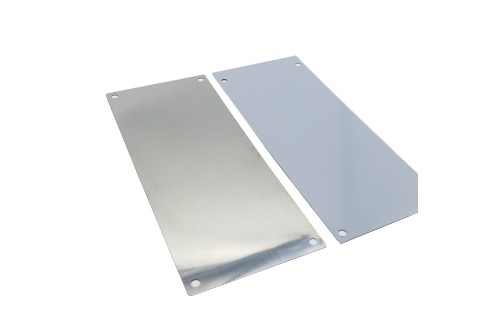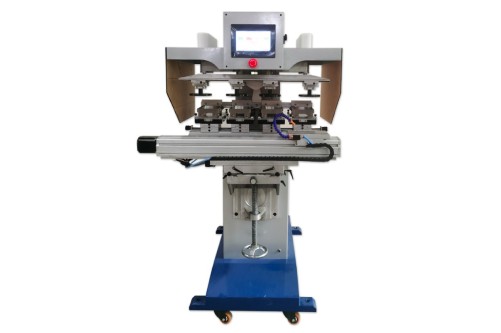Pad printing is an innovative and effective process for transferring two-dimensional images to three-dimensional surfaces. It is a delicate process with many variables that can lead to unsatisfactory image transfer if not done correctly. This article will explain the common problems that lead to poor image transfer and how to resolve them.

The three most common problems when printing on jobs are incomplete prints or prints with excessive gaps, distorted and blurry prints, and pad printing tables that carry excessive ink or dirt outside the pad.
Cleaning blades, cups, pads, and ink mixed according to the pad printer supplier & manufacturer’s recommendations are critical to a successful start-up. If good practices are taken, and the problem still occurs, the following issues must be considered.
Solving Solvent Problems
If any pad printer runs long enough, you begin to see gaps in the prints or begin to see incomplete prints. This is generally due to the evaporation of the solvent or ink thinner, making the ink thicker and more challenging to transfer cleanly. What is needed at this point is to mix more solvent, and when thinner is added and poor-quality prints remain, there are several solutions
Better control of the environment in which the pad printing takes place. Excessive heat and humidity can significantly increase the ink’s solvent evaporation rate. Isolation and climate-controlled pad printing areas may extend most inks’ availability.
Move from an open inkwell system to a closed inkwell system. Enclosed ink bottles, as the name implies, enclose the ink inside the cup. Any time the ink can be better protected from the environment, it is likely that quality and consistency will be achieved.
Evaluate the ink itself for mixing. Certain solvents evaporate faster than others. Moving to a slower evaporating solvent will extend the life of the ink, as will adding a solid retarder for a standard ink mixture. Manufacturers offer a wide range of products, from fast to slow thinners and retarders. Just as a spot of ink with insufficient thinner can negatively affect image transfer, so can ink with too much thinner. Blurry and spotty prints are standard when the ink is too thin to maintain crisp and clean lines during transfer.
Pad Change Procedure
When inks are mixed correctly, but the transfer is still defective, silicone pads are likely the cause. Any curvature, bowing, or abnormal curvature of the transferred image can be attributed to the pad. When the pad strikes the part surface too hard, the pad crush can distort the print during the transfer. The pad should strike with enough force to fully absorb and transfer the ink. Too much pressure risks distortion, and too little pressure will result in incomplete printing. The same problem occurs when the shape of the pad does not fit the part’s contours. Ensure that the manufacturer and supplier are involved in making new pads for the new process, and that clean, undamaged pads are used in production.
If you are experiencing these or other joint problems with your pad printing process, please comment below to share troubleshooting tips or questions.







